Yuanlin Zhang
3D-UIR: 3D Gaussian for Underwater 3D Scene Reconstruction via Physics Based Appearance-Medium Decoupling
May 29, 2025Abstract:Novel view synthesis for underwater scene reconstruction presents unique challenges due to complex light-media interactions. Optical scattering and absorption in water body bring inhomogeneous medium attenuation interference that disrupts conventional volume rendering assumptions of uniform propagation medium. While 3D Gaussian Splatting (3DGS) offers real-time rendering capabilities, it struggles with underwater inhomogeneous environments where scattering media introduce artifacts and inconsistent appearance. In this study, we propose a physics-based framework that disentangles object appearance from water medium effects through tailored Gaussian modeling. Our approach introduces appearance embeddings, which are explicit medium representations for backscatter and attenuation, enhancing scene consistency. In addition, we propose a distance-guided optimization strategy that leverages pseudo-depth maps as supervision with depth regularization and scale penalty terms to improve geometric fidelity. By integrating the proposed appearance and medium modeling components via an underwater imaging model, our approach achieves both high-quality novel view synthesis and physically accurate scene restoration. Experiments demonstrate our significant improvements in rendering quality and restoration accuracy over existing methods. The project page is available at https://bilityniu.github.io/3D-UIR.
Actor-Director-Critic: A Novel Deep Reinforcement Learning Framework
Jan 10, 2023Abstract:In this paper, we propose actor-director-critic, a new framework for deep reinforcement learning. Compared with the actor-critic framework, the director role is added, and action classification and action evaluation are applied simultaneously to improve the decision-making performance of the agent. Firstly, the actions of the agent are divided into high quality actions and low quality actions according to the rewards returned from the environment. Then, the director network is trained to have the ability to discriminate high and low quality actions and guide the actor network to reduce the repetitive exploration of low quality actions in the early stage of training. In addition, we propose an improved double estimator method to better solve the problem of overestimation in the field of reinforcement learning. For the two critic networks used, we design two target critic networks for each critic network instead of one. In this way, the target value of each critic network can be calculated by taking the average of the outputs of the two target critic networks, which is more stable and accurate than using only one target critic network to obtain the target value. In order to verify the performance of the actor-director-critic framework and the improved double estimator method, we applied them to the TD3 algorithm to improve the TD3 algorithm. Then, we carried out experiments in multiple environments in MuJoCo and compared the experimental data before and after the algorithm improvement. The final experimental results show that the improved algorithm can achieve faster convergence speed and higher total return.
MESSFN : a Multi-level and Enhanced Spectral-Spatial Fusion Network for Pan-sharpening
Sep 21, 2021



Abstract:Dominant pan-sharpening frameworks simply concatenate the MS stream and the PAN stream once at a specific level. This way of fusion neglects the multi-level spectral-spatial correlation between the two streams, which is vital to improving the fusion performance. In consideration of this, we propose a Multi-level and Enhanced Spectral-Spatial Fusion Network (MESSFN) with the following innovations: First, to fully exploit and strengthen the above correlation, a Hierarchical Multi-level Fusion Architecture (HMFA) is carefully designed. A novel Spectral-Spatial (SS) stream is established to hierarchically derive and fuse the multi-level prior spectral and spatial expertise from the MS stream and the PAN stream. This helps the SS stream master a joint spectral-spatial representation in the hierarchical network for better modeling the fusion relationship. Second, to provide superior expertise, consequently, based on the intrinsic characteristics of the MS image and the PAN image, two feature extraction blocks are specially developed. In the MS stream, a Residual Spectral Attention Block (RSAB) is proposed to mine the potential spectral correlations between different spectra of the MS image through adjacent cross-spectrum interaction. While in the PAN stream, a Residual Multi-scale Spatial Attention Block (RMSAB) is proposed to capture multi-scale information and reconstruct precise high-frequency details from the PAN image through an improved spatial attention-based inception structure. The spectral and spatial feature representations are enhanced. Extensive experiments on two datasets demonstrate that the proposed network is competitive with or better than state-of-the-art methods. Our code can be found in github.
Google Trends Analysis of COVID-19
Nov 07, 2020

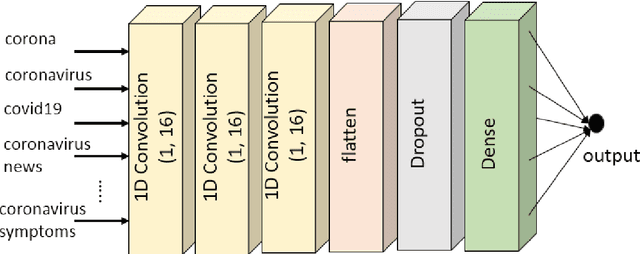

Abstract:The World Health Organization (WHO) announced that COVID-19 was a pandemic disease on the 11th of March as there were 118K cases in several countries and territories. Numerous researchers worked on forecasting the number of confirmed cases since anticipating the growth of the cases helps governments adopting knotty decisions to ease the lockdowns orders for their countries. These orders help several people who have lost their jobs and support gravely impacted businesses. Our research aims to investigate the relation between Google search trends and the spreading of the novel coronavirus (COVID-19) over countries worldwide, to predict the number of cases. We perform a correlation analysis on the keywords of the related Google search trends according to the number of confirmed cases reported by the WHO. After that, we applied several machine learning techniques (Multiple Linear Regression, Non-negative Integer Regression, Deep Neural Network), to forecast the number of confirmed cases globally based on historical data as well as the hybrid data (Google search trends). Our results show that Google search trends are highly associated with the number of reported confirmed cases, where the Deep Learning approach outperforms other forecasting techniques. We believe that it is not only a promising approach for forecasting the confirmed cases of COVID-19, but also for similar forecasting problems that are associated with the related Google trends.
onlineSPARC: a Programming Environment for Answer Set Programming
Sep 21, 2018
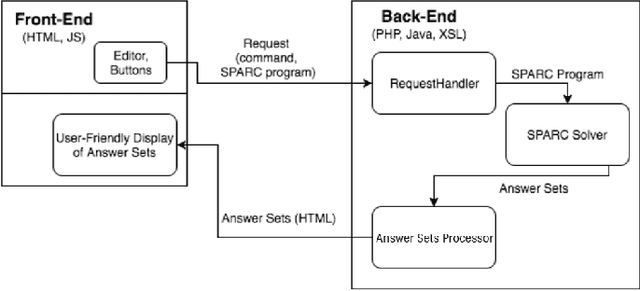
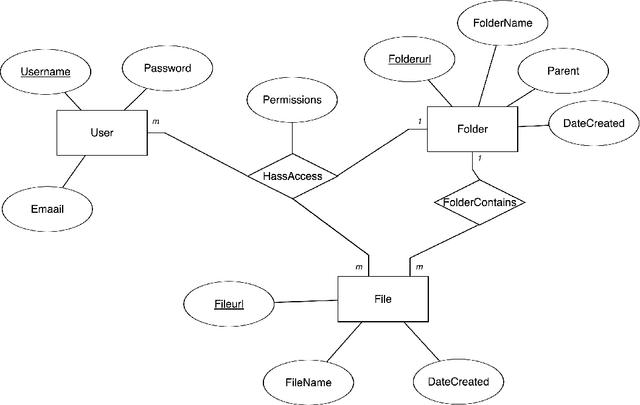
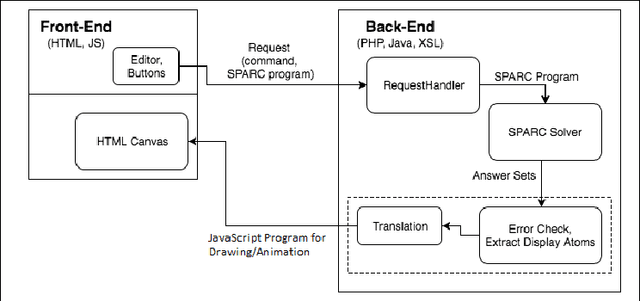
Abstract:Recent progress in logic programming (e.g., the development of the Answer Set Programming paradigm) has made it possible to teach it to general undergraduate and even middle/high school students. Given the limited exposure of these students to computer science, the complexity of downloading, installing and using tools for writing logic programs could be a major barrier for logic programming to reach a much wider audience. We developed onlineSPARC, an online answer set programming environment with a self contained file system and a simple interface. It allows users to type/edit logic programs and perform several tasks over programs, including asking a query to a program, getting the answer sets of a program, and producing a drawing/animation based on the answer sets of a program.
Vicious Circle Principle and Logic Programs with Aggregates
Aug 21, 2018Abstract:The paper presents a knowledge representation language $\mathcal{A}log$ which extends ASP with aggregates. The goal is to have a language based on simple syntax and clear intuitive and mathematical semantics. We give some properties of $\mathcal{A}log$, an algorithm for computing its answer sets, and comparison with other approaches.
Logic Programming for an Introductory Computer Science Course for High School Students
Jun 20, 2017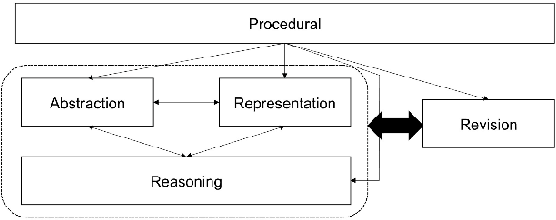
Abstract:This paper investigates how high school students approach computing through an introductory computer science course situated in the Logic Programming (LP) paradigm. This study shows how novice students operate within the LP paradigm while engaging in foundational computing concepts and skills, and presents a case for LP as a viable paradigm choice for introductory CS courses.
An Online Development Environment for Answer Set Programming
Jun 20, 2017

Abstract:Recent progress in logic programming (e.g., the development of the Answer Set Programming paradigm) has made it possible to teach it to general undergraduate and even high school students. Given the limited exposure of these students to computer science, the complexity of downloading, installing and using tools for writing logic programs could be a major barrier for logic programming to reach a much wider audience. We developed an online answer set programming environment with a self contained file system and a simple interface, allowing users to write logic programs and perform several tasks over the programs.
Vicious Circle Principle and Formation of Sets in ASP Based Languages
Aug 29, 2016Abstract:The paper continues the investigation of Poincare and Russel's Vicious Circle Principle (VCP) in the context of the design of logic programming languages with sets. We expand previously introduced language Alog with aggregates by allowing infinite sets and several additional set related constructs useful for knowledge representation and teaching. In addition, we propose an alternative formalization of the original VCP and incorporate it into the semantics of new language, Slog+, which allows more liberal construction of sets and their use in programming rules. We show that, for programs without disjunction and infinite sets, the formal semantics of aggregates in Slog+ coincides with that of several other known languages. Their intuitive and formal semantics, however, are based on quite different ideas and seem to be more involved than that of Slog+.
SPARC - Sorted ASP with Consistency Restoring Rules
Jan 08, 2013
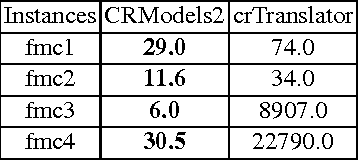
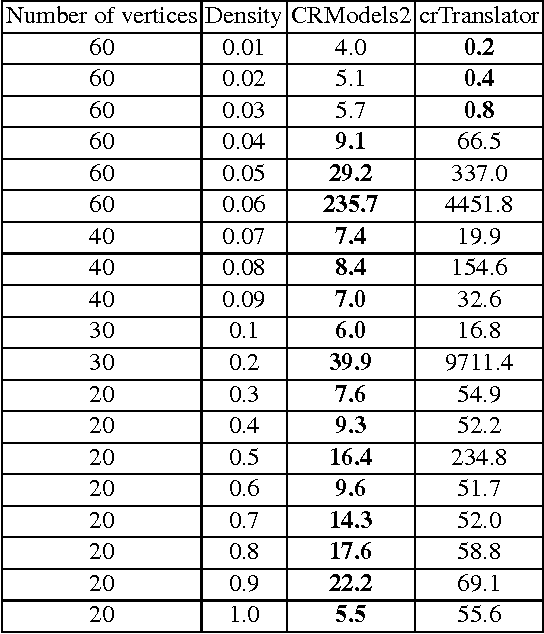
Abstract:This is a preliminary report on the work aimed at making CR-Prolog -- a version of ASP with consistency restoring rules -- more suitable for use in teaching and large applications. First we describe a sorted version of CR-Prolog called SPARC. Second, we translate a basic version of the CR-Prolog into the language of DLV and compare the performance with the state of the art CR-Prolog solver. The results form the foundation for future more efficient and user friendly implementation of SPARC and shed some light on the relationship between two useful knowledge representation constructs: consistency restoring rules and weak constraints of DLV.
 Add to Chrome
Add to Chrome Add to Firefox
Add to Firefox Add to Edge
Add to Edge